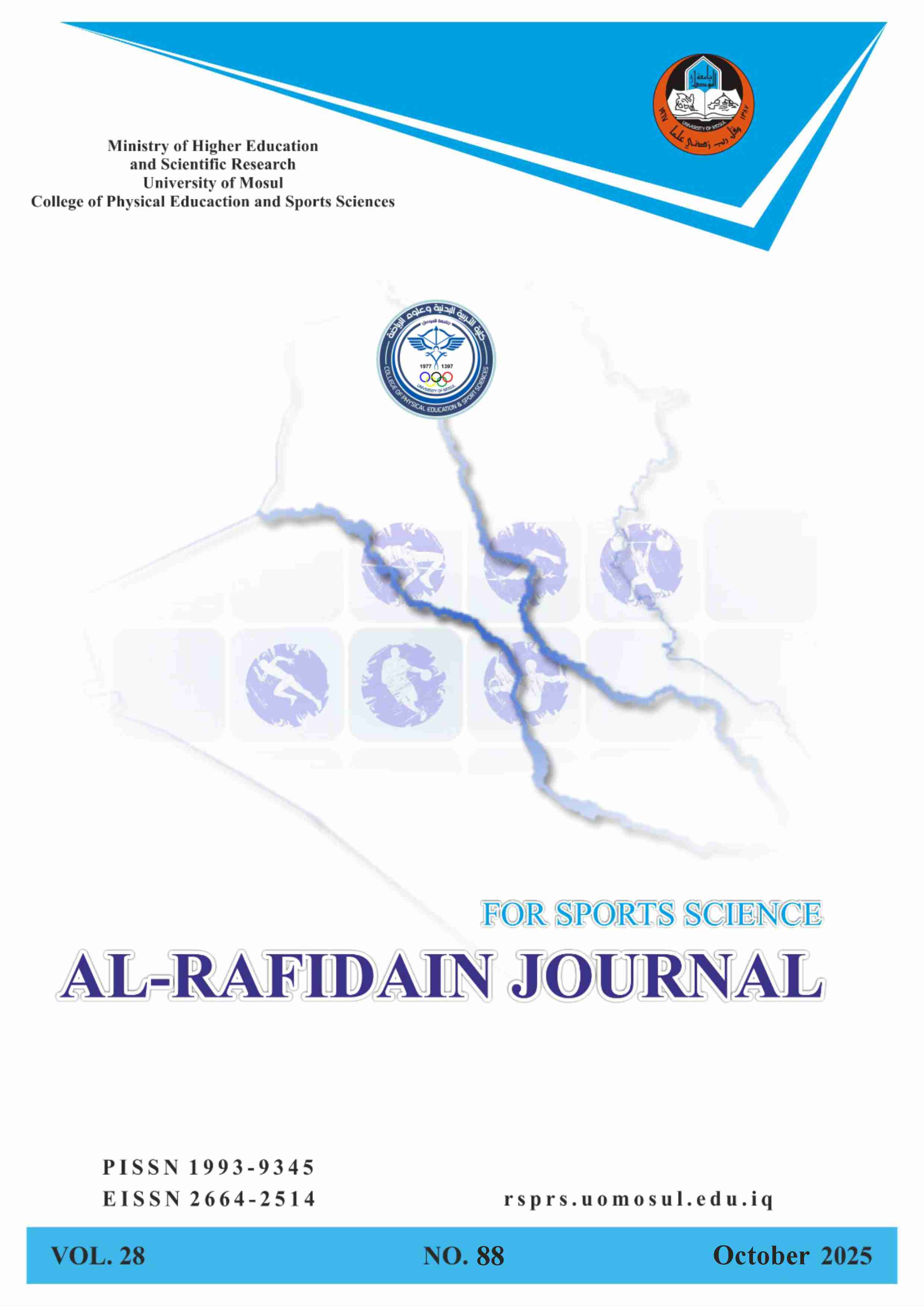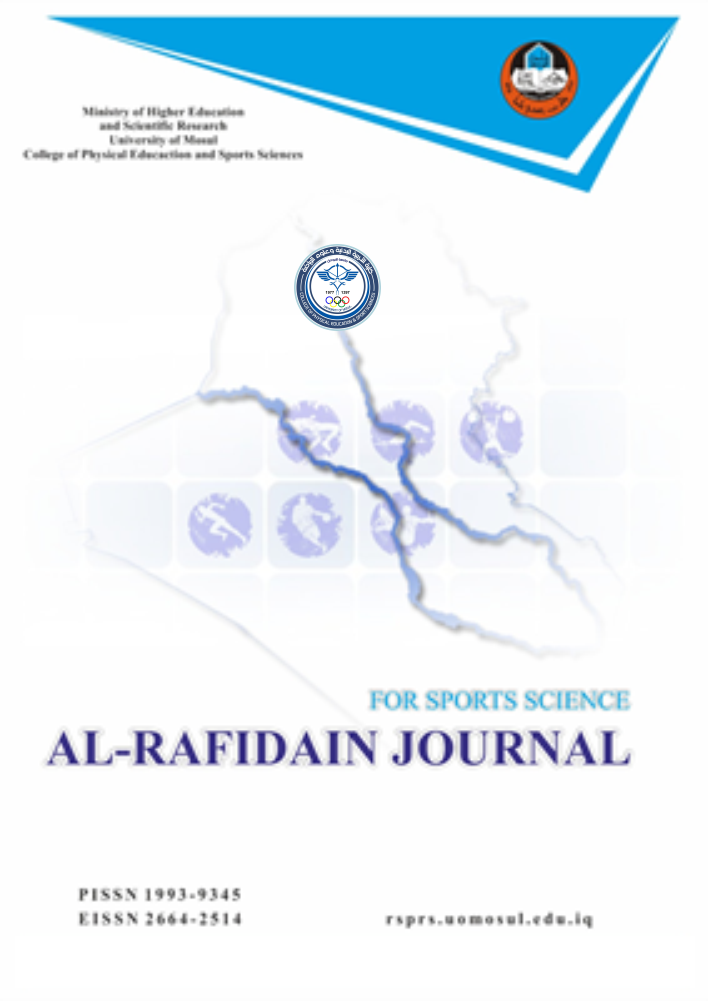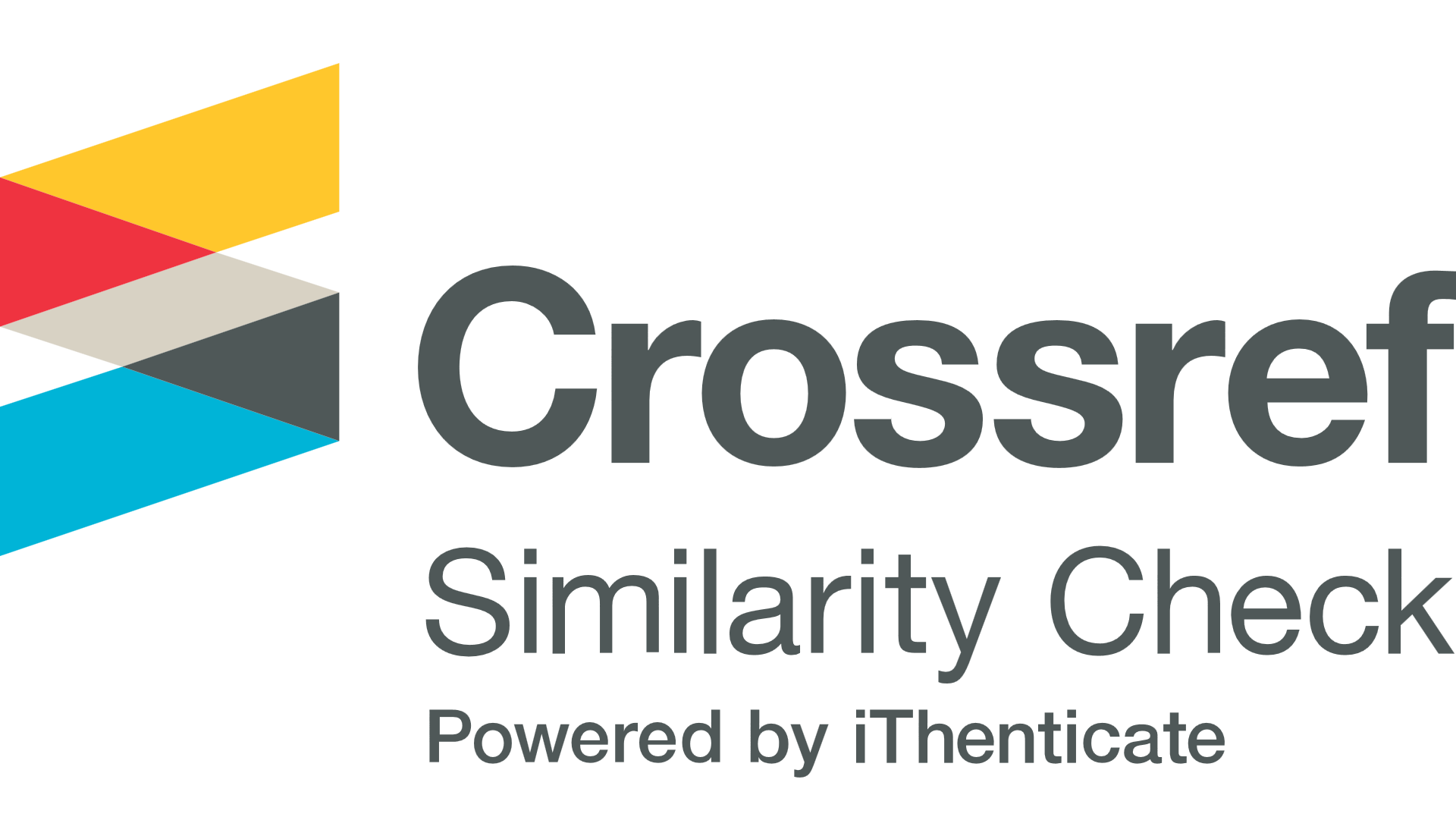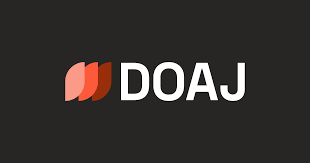The Effect of the Mastery Learning Approach Using Artificial Intelligence on Learning the Skills of Ball Rolling and Dribbling in Futsal for Female Students
Published
Oct 24, 2025Pages
166-184Abstract
The researcher connected the mastery learning approach with artificial intelligence technology.
The researcher linked the mastery learning approach with artificial intelligence technology to examine its effect on female students’ learning of ball-rolling and dribbling skills in futsal. Given the effectiveness of the mastery learning approach in skill acquisition and the role of artificial intelligence in enhancing information retention, the researcher combined these two variables to determine their impact on learning futsal skills.
The aim of the study
The research aimed to identify:
- The effect of the mastery learning approach using artificial intelligence on learning the skills of ball rolling and dribbling in futsal for female students.
- The level of learning of these two skills (ball rolling and dribbling) among female students according to the mastery learning approach using artificial intelligence.
Methodology
The researcher used the experimental method.
The research population consisted of 60 first-grade intermediate female students at Al-Mustansiriya Secondary School for Girls.
A random sample (by lottery) of 40 students was selected and divided into two groups:
- An experimental group (20 students)
- A control group (20 students)
The researcher used the equivalent groups design with pre- and post-tests.
An instructional program based on the mastery learning approach, using artificial intelligence, was implemented across 16 instructional units, each lasting 40 minutes.
After completing the pre- and post-tests, data were analyzed using the Statistical Package for the Social Sciences (SPSS).
Conclusions
- The mastery learning approach using artificial intelligence was practical in teaching the skills of ball rolling and dribbling in futsal.
- The use of artificial intelligence techniques generated enthusiasm and motivation among the students during the learning process.
The experimental group outperformed the control group in learning both the ball rolling and dribbling skills.
References
- Abdel Fattah, L. (1972). Methods of teaching physical education and motor learning. Alexandria: Dar Al-Kutub University.
- Allawi, M. H. (1987). The psychology of training and competitions (4th ed.). Cairo: Dar Al-Ma’arif.
- Al-Ghamdi, M. B. F. (2024). Artificial intelligence in education (1st ed.). Dammam: King Fahd Library for Publishing.
- Al-Husseini, O. (2002). The language of Logo (1st ed.). Riyadh: Ibn Sina Library for Publishing and Distribution.
- Arnous, B. (2007). Artificial intelligence. Cairo: Dar Al-Hessab for Publishing and Distribution.
- Farid, K. A. Z. (1998). Fundamentals of measurement and evaluation in education. Dubai: Al Falah Library.
- International Amateur Athletics Federation. (1969). Introduction to training theories (Regional Development Center, Trans.). Cairo.
- Radi, S. (1990). The most essential elements of physical fitness and mathematical skills in the level of achievement (Unpublished master’s thesis). Faculty of Physical Education, University of Baghdad.
- Salmi, N., & Ben Daqfel, K. (2020). The role of artificial intelligence in Telecom Algeria's product planning process. Journal of Economics, Management and Commercial Sciences, 13(1).
- The effect of cooperative learning with fixed and variable exercises on the development of some skills and transferring them to the scoring skill of juniors in football. (2007). Unpublished master’s thesis, Faculty of Physical Education, University of Baghdad.
Identifiers
Download this PDF file
Statistics
How to Cite
Copyright and Licensing

This work is licensed under a Creative Commons Attribution-NonCommercial 4.0 International License.







